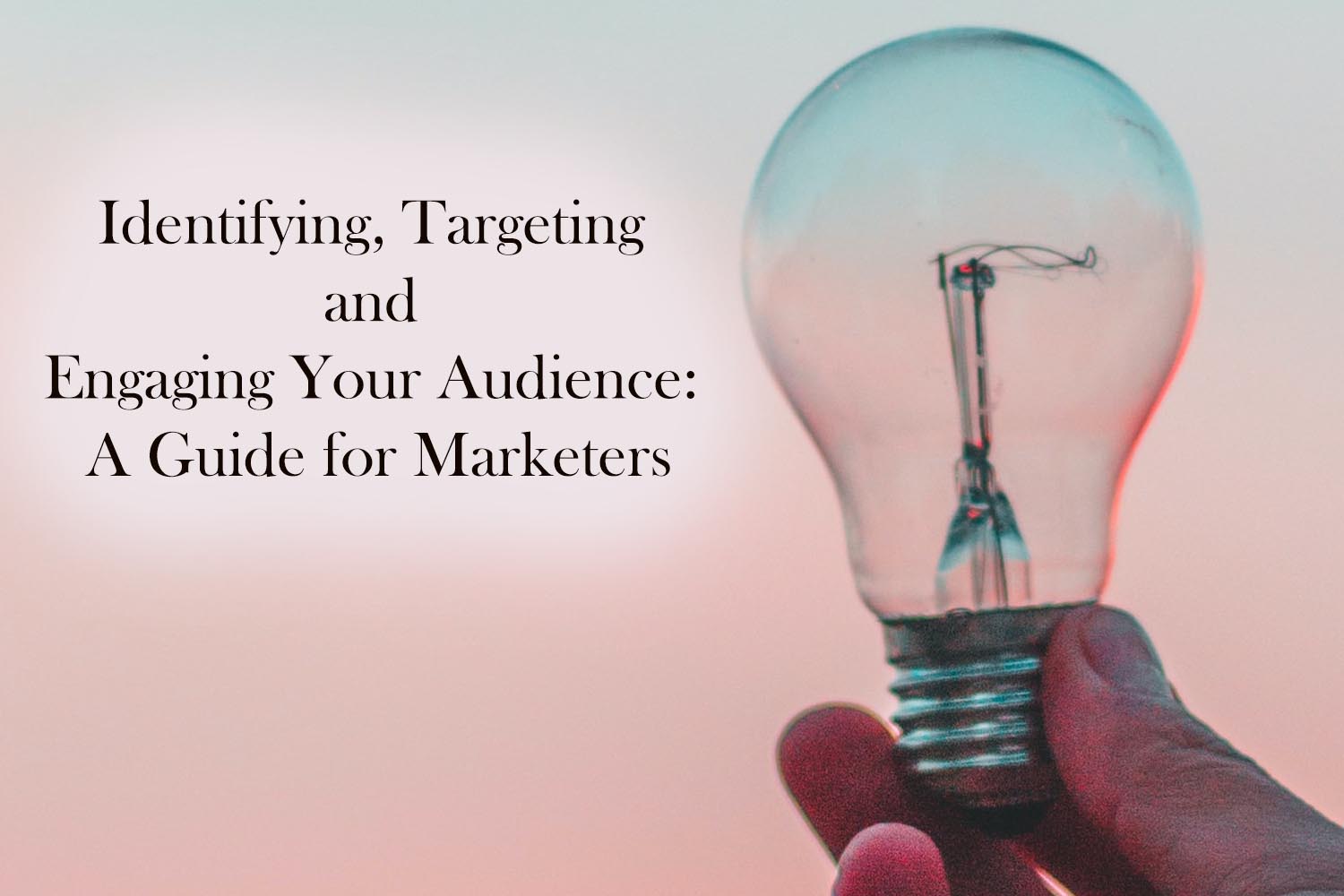As a marketer, one of the most important tasks you will undertake is identifying and reaching your target audience.
Your audience is the group of people who will most likely be interested in your product or service.
By understanding who they are, what they need and what motivates them, you can create an effective marketing strategy that resonates with them and drives results.
Let’s explore the steps involved in identifying, targeting and engaging your audience, so that you can maximize your marketing efforts and achieve your goals.
Step 1: Identify Your Target Audience
The first step in reaching your target audience is to determine who they are.
This requires an understanding of their demographics, such as age, gender, income and location, as well as their interests, behaviors and motivations.
You can gather this information by conducting market research, analyzing your current customer data and monitoring your competition.
To get a better understanding of your target audience, consider creating buyer personas.
These are fictional representations of your ideal customer, based on the information you have gathered about your target audience.
By creating buyer personas, you can better understand their needs, wants and motivations, which will help you create targeted, effective marketing messages.
Step 2: Target Your Audience
Once you have a clear understanding of your target audience, you can start to target them more effectively.
This involves choosing the channels and platforms where they are most likely to be found, and tailoring your messaging to meet their specific needs and interests.
For example, if your target audience is made up of millennials, you might want to focus your efforts on social media platforms like Instagram and Snapchat, where this demographic is highly active.
On the other hand, if your target audience is made up of busy working professionals, you might want to focus on email marketing or paid search campaigns, where they are more likely to see your messages.
Step 3: Engage Your Audience
Once you have identified and targeted your audience, the next step is to engage with them.
This means creating content that resonates with them and encourages them to take action.
To do this, you need to understand what motivates your target audience and what types of content they are most likely to respond to.
For example, if your target audience is interested in fitness and wellness, you might want to create content that offers tips and advice on how to lead a healthy lifestyle.
On the other hand, if your target audience is interested in technology, you might want to create content that offers the latest news and insights on the latest gadgets and trends.
When creating content, it’s also important to consider the format, as this can have a big impact on engagement.
For example, videos are a highly effective format for capturing attention and delivering information, while infographics can be a great way to present complex information in an easy-to-understand way.
In addition to the steps outlined above, there are several other key tactics you can use to engage your audience and build a relationship with them. Here are a few to consider:
Personalization:
Personalized content and experiences can help build a stronger connection with your audience.
Use data to create targeted messages that address the specific needs and interests of your target audience, and make them feel like they are being heard and understood.
Interactive content:
Interactive content such as quizzes, surveys, and games can be a great way to engage your audience and encourage them to interact with your brand.
By creating content that is fun and engaging, you can build a stronger relationship with your audience and create a more memorable brand experience.
User-generated content:
Encouraging your audience to create and share content about your brand can be a powerful way to engage them and build brand loyalty.
This can include anything from product reviews to user-generated photos and videos.
By allowing your audience to contribute to your brand, you can create a sense of community and foster a deeper connection with your target audience.
Influencer marketing:
Working with influencers in your industry can be a great way to reach a wider audience and engage with them on a more personal level.
Influencers can help spread the word about your brand and create a sense of trust and credibility among your target audience.
Live events:
Hosting live events, such as webinars, Q&A sessions, or product demos, can be a great way to engage with your audience in real-time and build a deeper connection with them.
This can also be a great opportunity to showcase your expertise and thought leadership in your industry.
By incorporating these tactics into your marketing strategy, you can deepen your connection with your target audience and create a stronger, more memorable brand experience.
Remember to always be responsive to your audience, listen to their feedback and continue to evolve your strategy to meet their changing needs and interests.
Final Thoughts
Identifying, targeting and engaging your audience is an essential part of any successful marketing strategy.
By taking the time to understand who your target audience is, where they can be found and what motivates them, you can create content that resonates with them and drives results. With this guide in mind, you should be well on your way to reaching your audience and achieving your marketing goals.





